Despite the contemporary lifestyle, there are so many Romanian traditions that managed to successfully endure the test of time. Some are practised only in remote Northern villages, whilst others are very much alive within Romania’s vibrant beating heart: Bucharest.
As a child growing up in Bucharest, I got the chance to partake in ancient traditions, thanks to my fascination with rituals and superstitions. The culture and the rituals are very much alive in Romania, which is why I cannot wait to share it all with you.
You are going to fall in love with so much of the Romanian culture, including its food, its interesting rites of passage and the welcoming locals.
If you imagine imagined witches and wizards, fairies and demonic creatures, then know that they are all part of Romanian folklore. Romanians love their traditions and even city people continue to connect with our ancient culture. Some of these traditions and customs have been performed before religion and are deeply linked with the seasons, spirituality and life events such as weddings, newborns or funerals. All of them have so much beauty rooted in them and the rites are deep, unique and enchanting.
I’m so excited to share some of the ethnology of the Romanian mythical culture. Whether a sceptic or a believer, there is no denying that certain Romanian traditions are intriguing, interesting and fascinating.
The Fate Fairies
This is perhaps the most widespread tradition amongst the Romanian people. The fate fairies or Ursitoarele will visit your newborn child on the 3rd, the 5th and the 7th night after the child’s birth to determine the course of its life.
The story has it that these fairies are meant to watch over the newborn, at night when the newborn is in its cradle, and establish the fate of the child. This tradition is still alive today. In Transylvania for example, the godmother of the child’s must put some sifted flour, salt, bread and a coin on some white canvas, somewhere in the newborn’s room, usually near the window. If after three days and three nights the flour has traces on it, the parents will know that fate fairies visited the child.

Martisor
This is the most well known Romanian tradition outside of Romania. Martisor is a beautiful custom that happens on the 1st of March, the date that marks the celebration of the Spring season. On March 1, Romanian people offer each other a “Martisor”, which is a small charm or trinket.
Men usually buy Romanian women flowers, snowdrops being amongst the most popular gifts. On the 1st of March, one must pick a day, called “baba” (literally means old woman) between the 1-9 March. If the day you picked is sunny, it is presumed you would have a fruitful year. If the day is cloudy or rainy, it is believed that a rather difficult year lies ahead.
A martisor also comes with a white and red string, which girls wrap around their wrists whilst making a wish. After 9 days, they must go to the men they love and ask them to break the thread with their little fingers. If they succeed, the girl’s wish will come true.
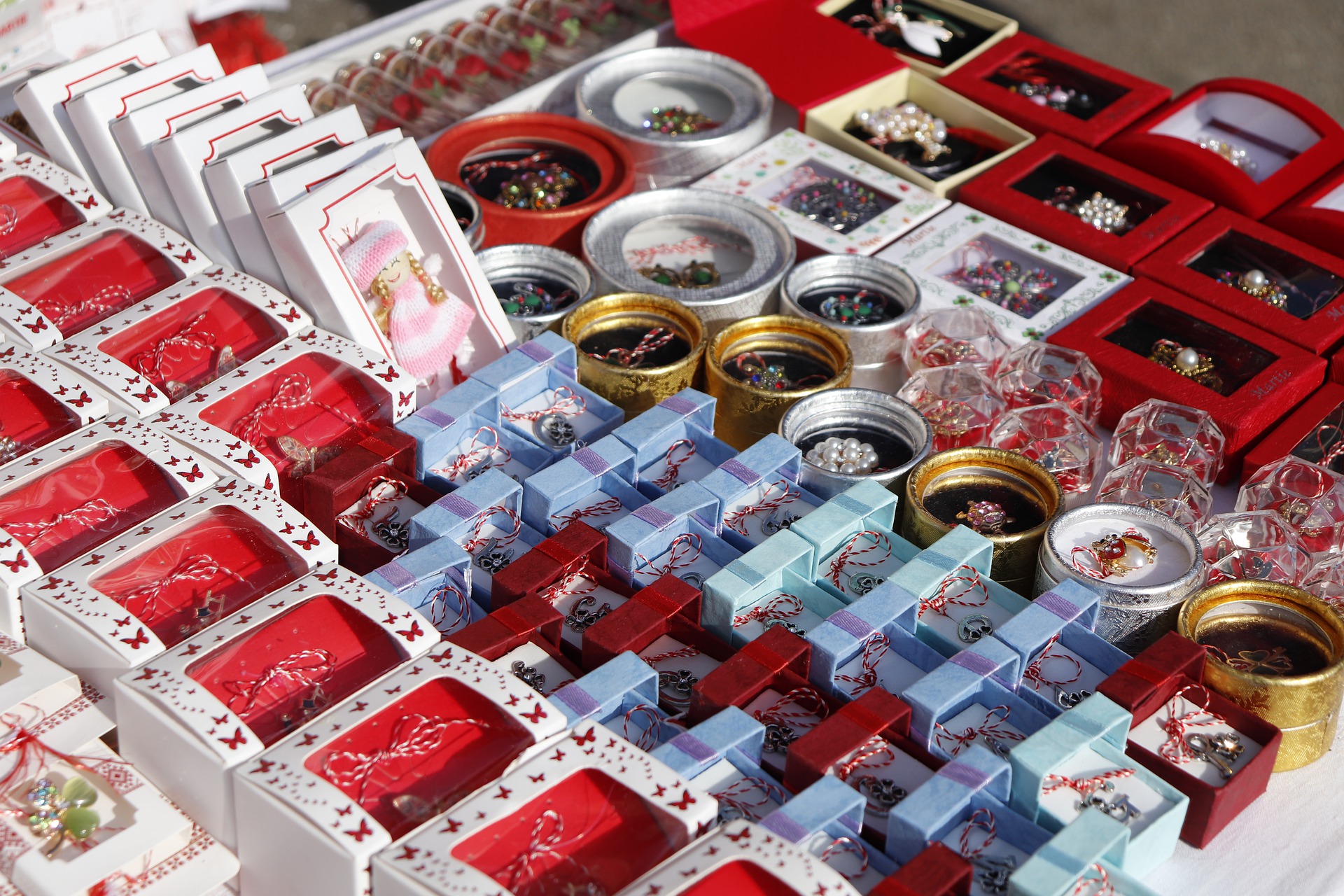
Sânziene
The tradition and folktale of the “Sânziene” have always been my favourite Romanian rituals and in a way, it’s similar to the Swedish Midsummer holiday,
Sânzieneleare is celebrated on June 24th and mark the summer solstice. The folk practices of the Sânziene imply that the most beautiful maidens in the village would dress in white, pick flowers (a specific Romanian flower called Sânzianã) and braid floral crowns. During nightfall, the beautiful women would meet and dance around a bonfire. At dawn, each flower crown would be thrown onto the villagers’ roofs. If the crowns remained in place, the owners of the house will benefit from health, wealth and happiness. If the crown enters the house through the door or window, the maiden will find her husband that year.
But there are other variations of these traditions as well. For example, in some parts of the country, the maidens will keep the flowers under their pillow as their wishes will come true.
Another folk tale related to these beautiful Romanian women is that during the Sânziene Eve night, there would be a great potential for magic spells and so, one should plant many herbs and flowers to acquire magical powers. It’s also the night where animals can speak and if one listens carefully they might learn many secrets. But not without a trade-off. In exchange for hearing these secrets, one might have to give away his sanity, sight or hearing.
The Romanian tradition also says that should you hear your name called during the Sânziene Eve night, you should close your eyes and cover your ears, to show the enchanted fairies you are not interested.
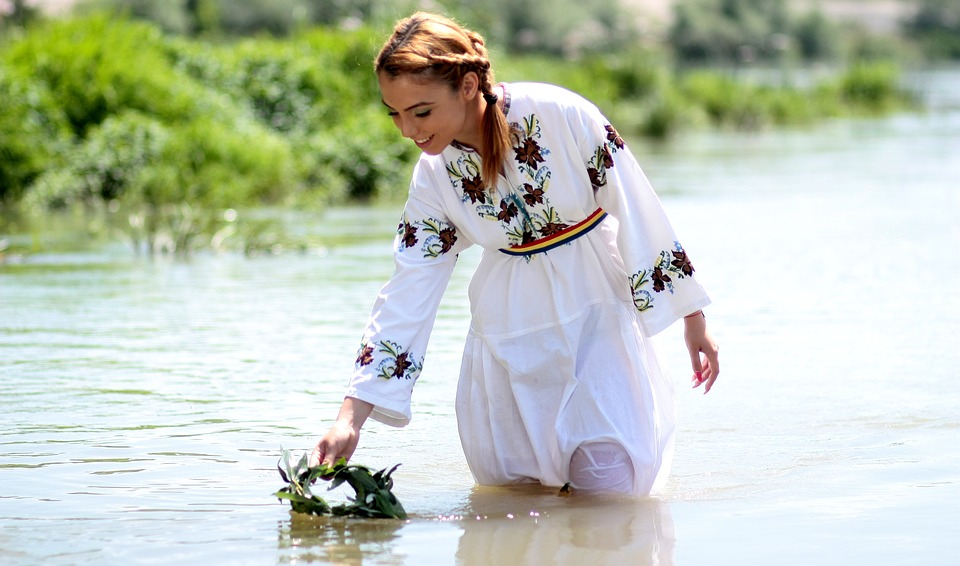
Kidnapping the bride
When visiting some of the most beautiful places in Romania, it’s not uncommon for you to see a runaway bride. The bride has been in fact kidnapped and it’s held to ransom. The customs dictate that at some point when the groom doesn’t pay attention, friends or family from the party kidnap the bride and they only agree to take her back to the party when the groom realises and agreed to pay for her return. Of course, the price is symbolic and it’s mostly done to have a bit of fun.
This tradition, as modern and fun as it may seem, has ancient origins and so many myths tied to it. Back in the day, brides needed to travel vast distances to meet their future husbands and get married. Bridesmaids were in fact the protectors of the bride who could help the young maiden get safely to her own wedding. It is also closely connected to the Kidnapping of the Sabine Women, an incident from Roman mythology in which the men of Rome committed a mass abduction of young women from the other cities in the region.

The guarding of the garlic
This is an incredibly old tradition that used to be performed until the beginning of the century. This tradition is in a sense the equivalent of American Halloween. Although less of a tradition and more of a celebratory party, the “Guarding of the garlic” happens during Saint Andrew, on the night of the 29th of November.
Also known as the Night of the Spirits (Noaptea Strigoilor), the tradition of garlic guarding meant that people would smear their doors and windows with the pungent-tasting bulb to keep all bad spirits away.
Indoors, they would throw loud and fun parties, where people would eat, laugh and play games. This can be seen as very similar to the New Year’s party, where everyone wants to leave behind the bad and the old and welcome the new and the exciting into their lives.
Back in ancient times, it was believed that the New Year would start right after this garlic guarding celebration.
In certain regions of Romania, such as Moldova, Romanian women would collect strings of garlic and leave it to be guarded by an old woman for the whole night, whilst the youth would be on their way to the party. In the morning, everyone would share the garlic and bring it back to their own homes which were said to have magical powers and cure bad diseases for the rest of the year.
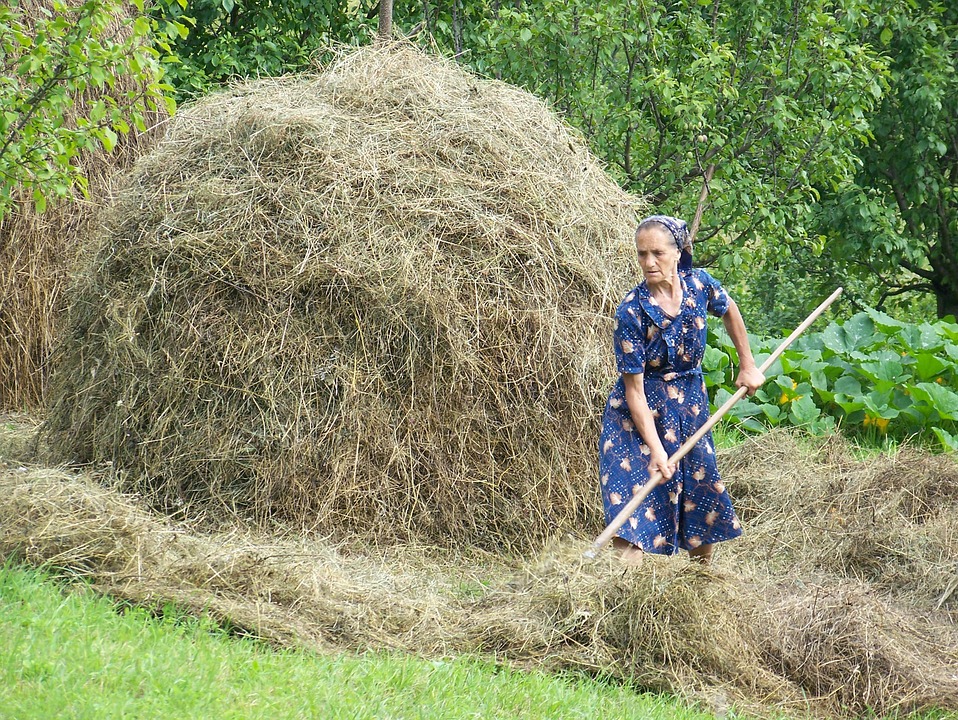
The Embellished Ox
This tradition takes place in Figa during the Pentecost and it is one of the oldest agricultural Romanian traditions from Transylvania.
The custom of the “Embellished ox” dates back to Dacians, the ancient Indo-European inhabitants of the cultural region of Dacia, now Romania. This tradition takes place every year in Figa on the first day of Pentecost. After the church service, girls dressed in folk costumes and boys, also in folk costumes but on horseback, accompany an ox between whose horns they place a large wreath of flowers.
Apart from Figa, this tradition also happens in the villages of Căianu Mic și Căianu Mare. Here the tradition is slightly different as the ox carrying a wreath in the shape of a cross starts from one end of the village to the most prosperous house. At the same time, young people wearing masks have to roam the streets and visit people’s gardens looking for girls who are not yet married.
According to various ethnologists, the ox was meant to represent an ancient deity. It was believed that this zoomorphic god, Mithra, went around the village, accompanied by a procession of masked characters with appearances and events reminiscent of the Greek god Dionysus, a procession associated with fertility and life force.
The week of the lunatics
In Romania, Easter is celebrated by everyone. Different parts of Romania have their own unique traditions and rituals associated with the re-birth of Christ, however, one custom seemed to be predominant throughout the country: the painting of the eggs. But there is also another tradition that happens right before Easter called the week of the lunatics or the white week.
The week of the lunatics takes place one week before what the Romanian people call the big fast, Postul Sfintelor Paşti, a period of food (and sin) abstinence before Easter. During this fasting period, people go vegan and turn to their spiritual roots. People have to be good, help the poor, make allowances and be forgiving.
In anticipation of such custom, people needed a way to let their hair down, hence the Romanians created the white week, the week of the lunatics when everyone was allowed to eat what they wanted, party and be social.
They would drink and party as much as humanly possible and would go a little (or a lot) crazy.
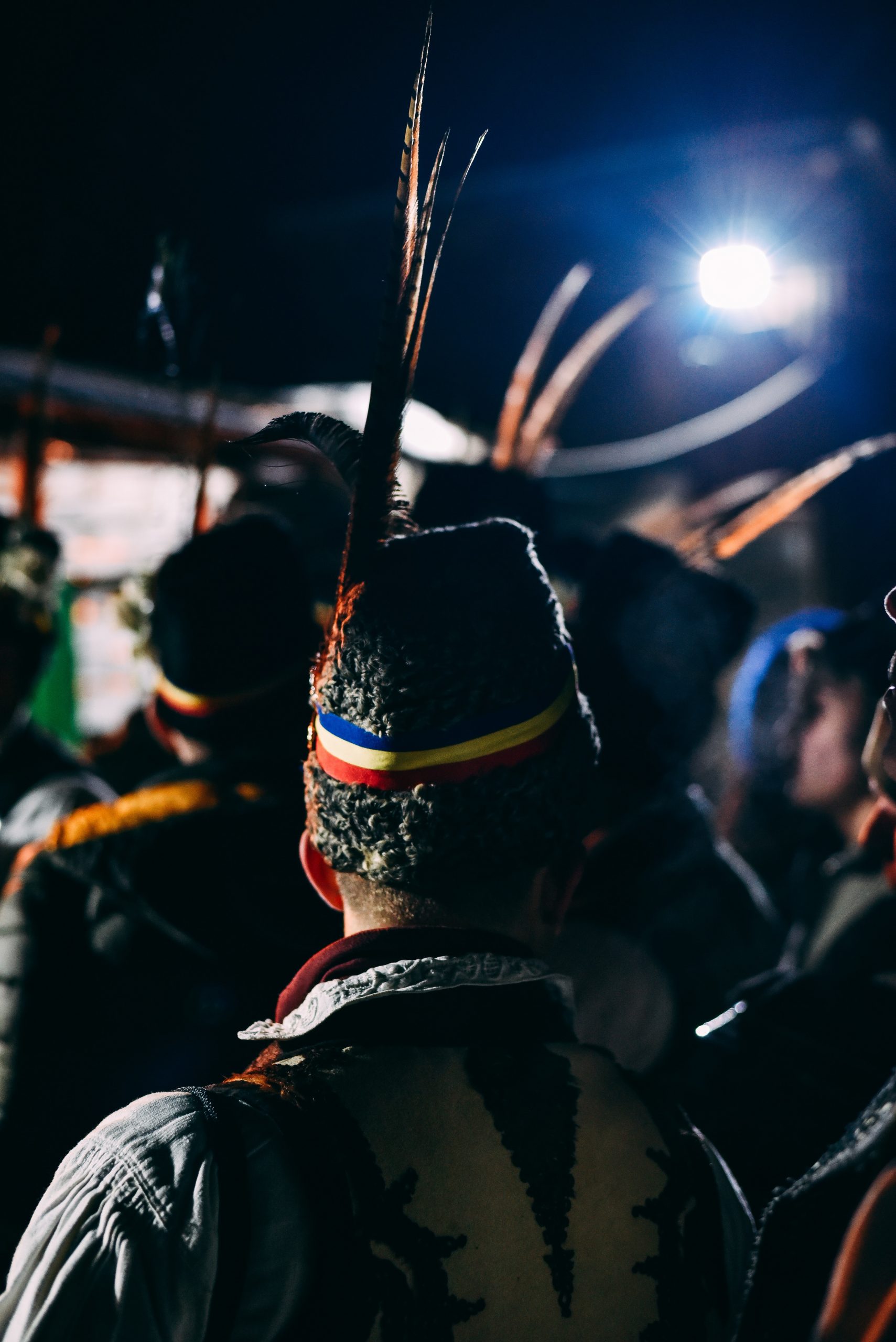
The goat dance
Anyone in Romania would be able to tell you stories about the tradition of the goat dance or Capra. Whether you come from a remote village or grew up in Bucharest like me, people know about this quirky winter tradition.
To welcome the New Year, a young lad disguises himself by wearing a mask that resembles a goat and an inside-out traditional waistcoat. “The goat” and his comrades would then go around from home to home, dancing, singing and cheering, to bring good luck.
The dance itself is quite ad hoc, although, in certain regions of Romania, it’s well-choreographed. Some bring drums and whistles and put on a proper traditional show. Many wondered what the goat dance really represents and it is believed to be similar to the tradition of the embellished ox. In essence, it is performed for fertility, good luck and health. In a way, there is a similarity between the customs of the goat dance in Romania and the Krampus run in Whitby. The Krampus is a horned, anthropomorphic figure in Central and Eastern Alpine folklore who, during the Christmas season, scares children who have misbehaved.
Here are the lyrics of the song usually performed during the goat dance. It took me a while to find the originals and translate them. And no, the lyrics don’t make much sense in Romanian either. At the end of the dance, people give money to the performers.
“Green leaf and a peanut
Good day, day good
Open the gates
For the goats to enter
Go go go Goat, Don’t give in, Don’t give up
Go go go Goat
Our goat is with beads
With earrings, with velvets
The goat plays cheerfully
Everyone is glad of it.
Go go go Goat, Don’t give in, Don’t give up
Go go go Goat
And away to the fair I’ve gone
To sell my little goat
And going on the road, going
A shout from behind I heard:
The buyer: Is your goat for sale?
The Shepherd: For sale!
The buyer: How much for?
The Shepherd: 800 lei
The buyer: Is it gentle, does it poke?
The Shepherd: It is gentle, does not poke (the goat pokes the buyer)
The buyer: I’ll give you 400 lei because it pokes.
The Shepherd: Instead of getting just 400 lei, better to kill the goat (hits the goat with a large branch and the goat falls and does not move)
The crowd:
Crikey! Our goat has died!
Go, go, go Goat
A bad disease might have hit you
Or wherever you have been to,
Bad news you have found out
The Shepherd:
Oi, the goat is not dead, not from the hit
It has fainted from all the news it found out.
The crowd:
Your school, my little goat
Facts will straighten
Now its time to leave
We have other houses to attend
Go go go Goat, Don’t give in, Don’t give up
Go go go Goat “
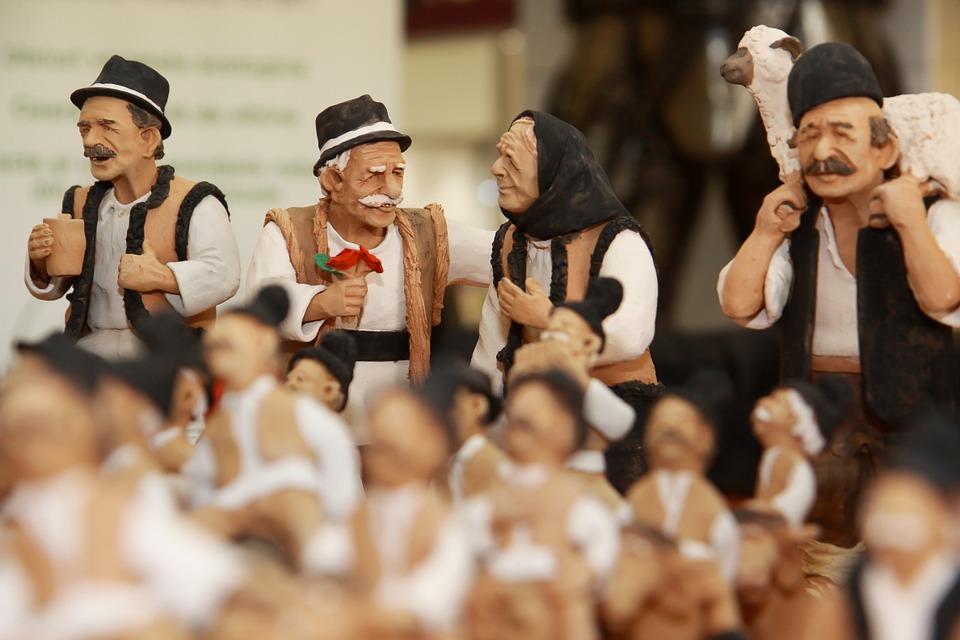
The New Years Green Twig
For children, this New Year tradition is really special and it’s a wonderful Romanian custom which I love so much. The New Year Green Twig or the Sorcova, is a Romanian custom practised on January 1st.
Children usually pick up a wooden stick and decorate it with artificial flowers. On New Years Day, children go around their family and friends, recite some verses whilst softly hitting the person with the twig. The Sorcova plays the role of a magic wand as it was said to bring great fortune. The verses are very suggestive and indeed similar to that of a magic spell:
“Happy Twig,
To live, to get old,
Like an apple tree, like a pear tree,
Like a rose thread,
Hard like a rock,
Fast like an arrow,
Hard like iron,
Fast like steel.
See you next year and Happy New Year!”
In exchange for these incantations, children receive fruits, gifts and money. In large blocks of flats in Romania, this tradition is performed amongst neighbours.
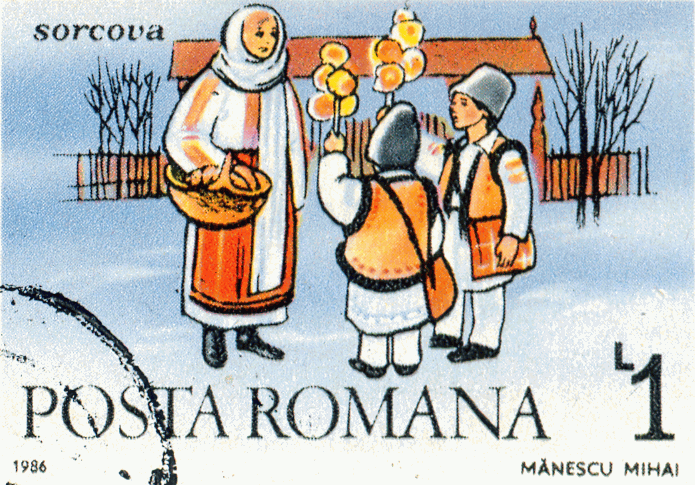
The newborn’s first bath
This ritual will probably make you think of witches and their magic potions. A newborn’s first bath has a very deep spiritual meaning in Romania. The water is carefully prepared and it contains several ingredients, each serving a purpose.
Here’s the recipe and the traditional meaning behind each ingredient:
- Basil – so the child grows to be beautiful
- Wheat – for the child’s honour
- Dill – to be loved and popular
- Mint and Chamomile – to grow easily and be healthy
- Knobs of poppy – to sleep well
- Hemp seeds – to grow quickly
- Feathers – to be light as a feather
- Holy water – to have a clean soul
- Sweet milk – to be sweet as milk
- Eggs – to be healthy and full, and always stay whole
- Coins – for the child to be rich and wealthy
According to tradition, after the bath, the midwife takes the money out of the water, then pours the liquid at the roots of either an apple or pear tree, for the child to grow big and strong.
The Epiphany Day
The Epiphany or Boboteaza is a special tradition for both men and women. During the day, a local priest purifies the waters and throws a cross in it. Local men must jump in the water and find the cross and return it safely to the priest. It is said that whoever manages to do it will get much luck.
For women, the tradition is about dreaming of their future husbands at night. They tie a red silk thread on their ring finger and put a sprig of holy basil under their pillow. This facilitates dreams. Girls who fall on the ice on Epiphany Day can be sure that they will get married that year, according to popular tradition.

There are myriad other traditions and customs which can be found in all corners of the Romanian country. It is incredible to be able to partake in an ancient dance or a pagan ritual that got preserved despite countless attempts to make them obsolete. As the times are changing, so are all these mystical traditions, as some of their origins have been forgotten, their meaning has been lost and some elements have been modernised. Yet they will always live through legends, myths and folk tales, passed on for generations to come as long as people may still need them.

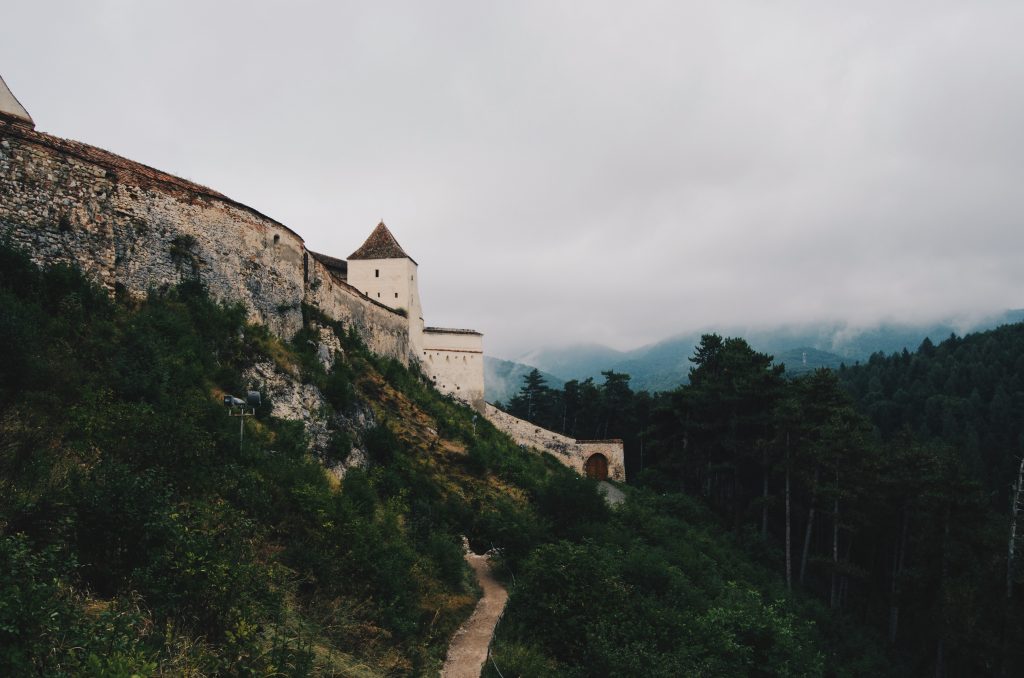
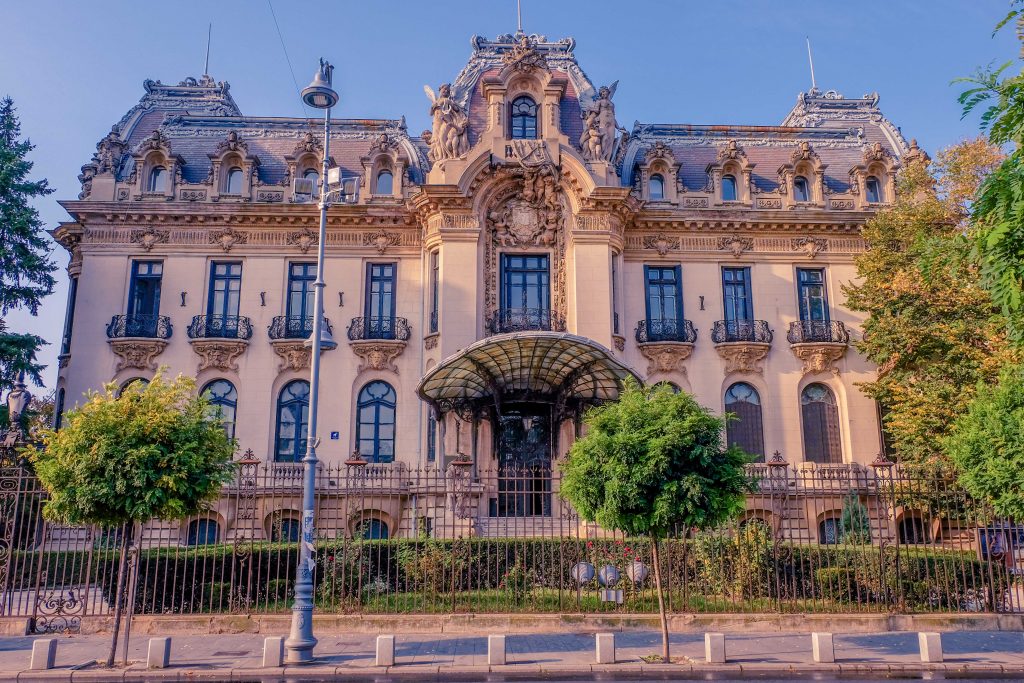
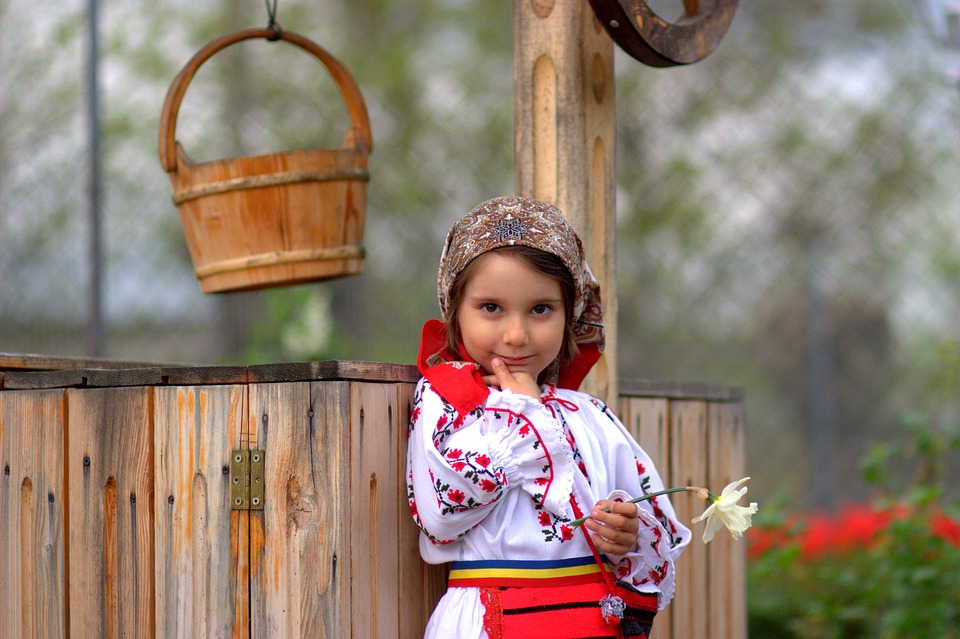

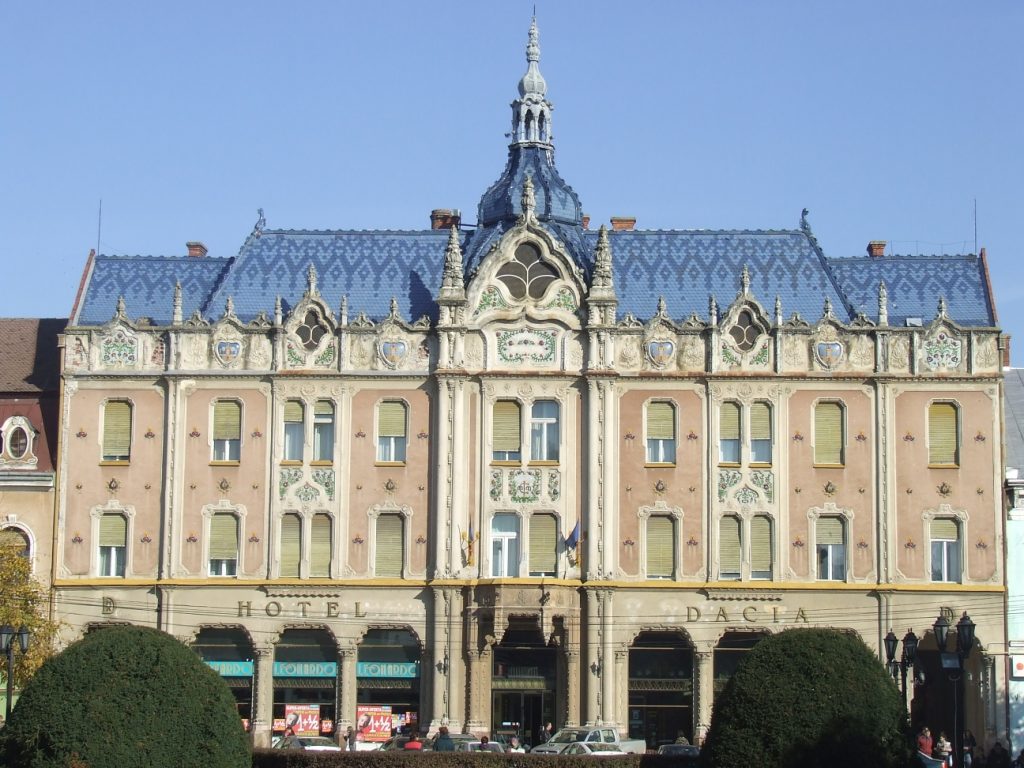
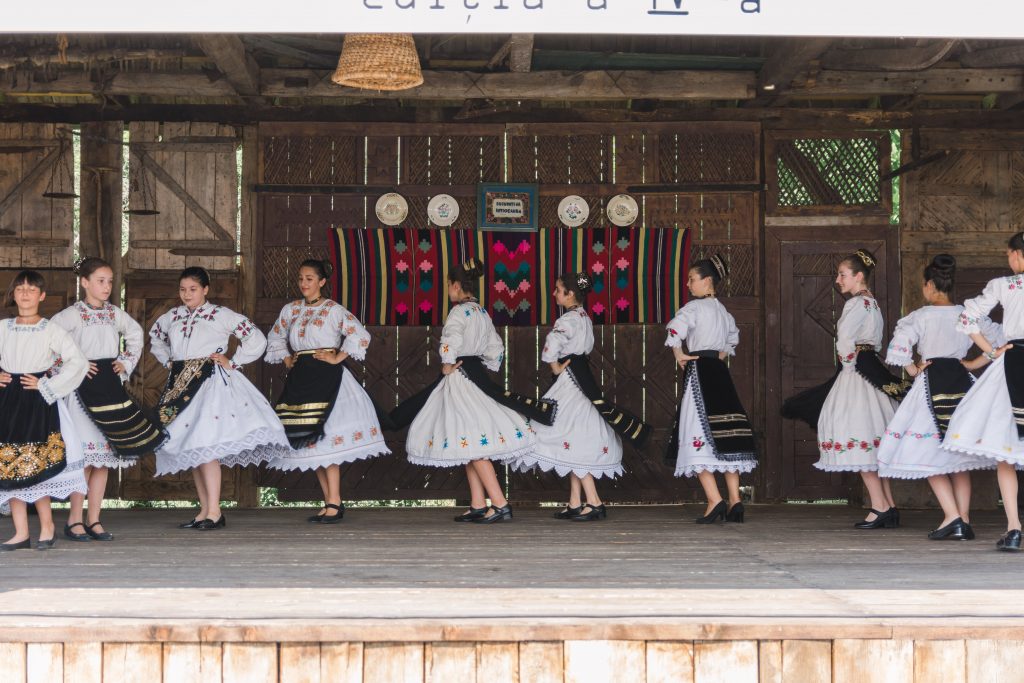


Leave a Reply